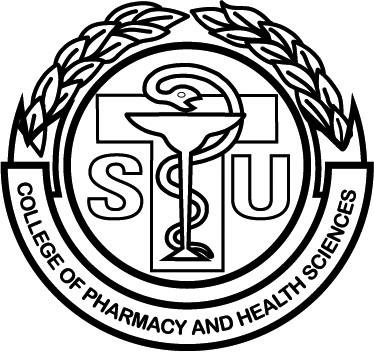Pharmacokinetic model analysis of supralingual, oral and intravenous deliveries of mycophenolic acid
Document Type
Article
Publication Date
4-1-2021
Abstract
Mycophenolic acid (MPA) is commonly used for organ rejection prophylaxis via oral administration in the clinic. Recent studies have shown that MPA also has anticancer activities. To explore new therapeutic options for oral precancerous/cancerous lesions, MPA was designed to release topically on the dorsal tongue surface via a mucoadhesive patch. The objective of this study was to establish the pharmacokinetic (PK) and tongue tissue distribution of mucoadhesive MPA patch formulation after supralingual administration in rats and also compare the PK differences between oral, intravenous, and supralingual administration of MPA. Blood samples were collected from Sprague Dawley rats before and after a single intravenous bolus injection, a single oral dose, or a mucoadhesive patch administration on the dorsal tongue surface for 4 h, all with a dose of 0.5 mg/kg of MPA. Plots of MPA plasma concentration versus time were obtained. As multiple peaks were found in all three curves, the enterohepatic recycling (EHR) model in the Phoenix software was adapted to describe their PK parameters with an individual PK analysis method. The mean half-lives of intravenous and oral administrations were 10.5 h and 7.4 h, respectively. The estimated bioavailability after oral and supralingual administration was 72.4% and 7.6%, respectively. There was a 0.5 h lag-time presented after supralingual administration. The results suggest that the systemic plasma MPA concentrations were much lower in rats receiving supralingual administration compared to those receiving doses from the other two routes, and the amount of MPA accumulated in the tongue after patch application showed a sustained drug release pattern. Studies on the dynamic of drug retention in the tongue after supralingual administration showed that ~3.8% of the dose was accumulated inside of tongue right after the patch removal, ~0.11% of the dose remained after 20 h, and ~20.6% of MPA was not released from the patches 4 h after application. The data demonstrate that supralingual application of an MPA patch can deliver a high amount of drug at the site of administration with little systemic circulation exposure, hence lowering the potential gastrointestinal side effects associated with oral administration. Thus, supralingual administration is a potential alternative route for treating oral lesions.
Recommended Citation
Gao, Xiuqing; Wu, Lei; Tsai, Robert Y.L.; Ma, Jing; Liu, Xiaohua; Chow, Diana S.L.; Liang, Dong; and Xie, Huan, "Pharmacokinetic model analysis of supralingual, oral and intravenous deliveries of mycophenolic acid" (2021). Faculty Publications and Scholarship. 5.
https://digitalscholarship.tsu.edu/copahs_facpubs/5


